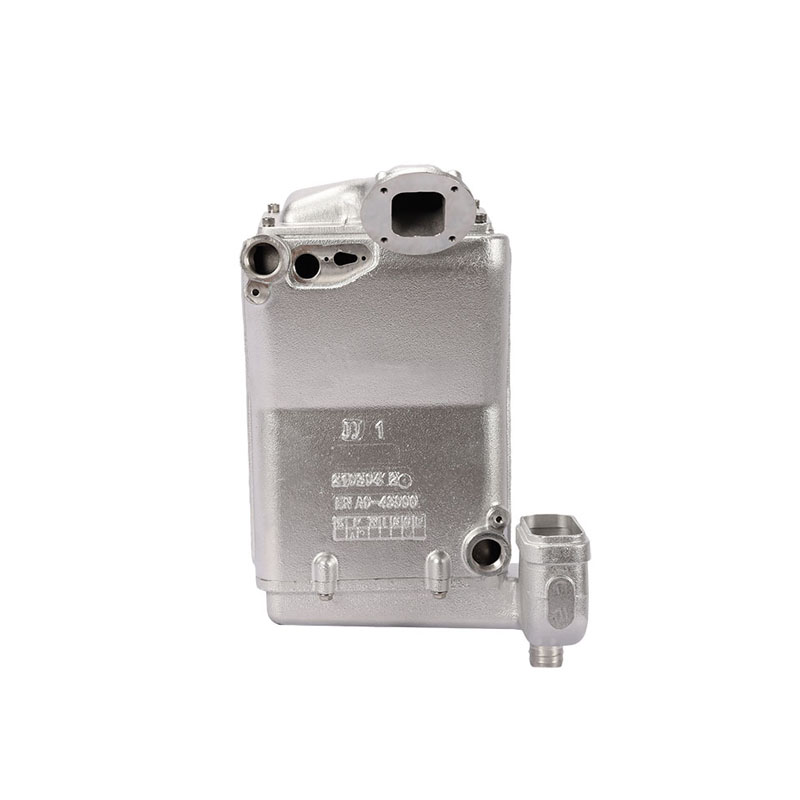How a condensing heat exchanger works
2023-10-16
A condensing heat exchanger is a device used in heating systems, particularly boilers, to maximize energy efficiency by recovering heat from flue gases that would otherwise be wasted. It achieves this by extracting additional heat from the combustion process and transferring it to the heating system, thus reducing fuel consumption and improving overall efficiency.
Here's how a condensing heat exchanger works:
1. Heat Transfer: During the combustion process in a boiler, fuel (typically natural gas, oil, or propane) is burned to produce heat. The hot combustion gases generated during this process contain a significant amount of thermal energy. In a traditional non-condensing boiler, these gases are expelled through the flue and wasted into the atmosphere.
2. Flue Gas Condensation: In a condensing heat exchanger, the hot flue gases are directed through a heat exchanger unit specifically designed to maximize heat transfer. The heat exchanger surfaces are constructed in such a way that they provide a large area for heat exchange. As the hot flue gases pass through the heat exchanger, they are cooled down, causing the water vapor contained in the flue gases to condense.
3. Heat Recovery: The condensation of the water vapor releases latent heat energy, which is captured by the heat exchanger surfaces. This recovered heat energy is then transferred to the water circulating in the heating system. The condensed water, known as condensate, is typically drained out of the heat exchanger.
4. Increased Efficiency: By extracting and utilizing additional heat from the condensation process, a condensing heat exchanger significantly improves the efficiency of the boiler. This allows for higher energy efficiency ratings and reduced fuel consumption compared to non-condensing boilers.
The benefits of condensing heat exchangers in heating systems include:
1. Higher Efficiency: Condensing heat exchangers can achieve high energy efficiency levels, often exceeding 90%. This translates to lower fuel consumption and reduced operating costs.
2. Lower Emissions: The condensation process in the heat exchanger results in cooler flue gases and reduced emissions of greenhouse gases and pollutants, contributing to improved environmental sustainability.
3. Increased Heat Output: The additional heat recovered through condensation can be utilized to increase the heat output of the heating system, providing more warmth and comfort.
4. Energy Savings: Due to improved efficiency and reduced fuel consumption, the use of condensing heat exchangers can lead to significant energy savings over the lifetime of the heating system.
It's worth noting that condensing heat exchangers are commonly used in modern condensing boilers, but they may not be compatible with older non-condensing boiler systems. When considering the installation or upgrade of a heating system, consulting with a qualified heating professional is recommended to determine the most suitable options based on your specific requirements and existing infrastructure.



